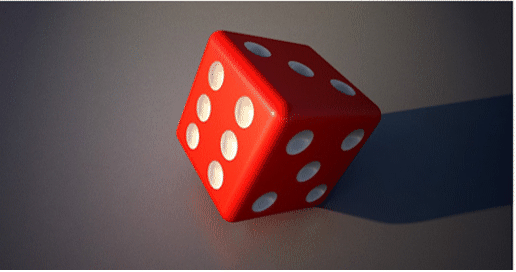GameTheoryData["game"]
gives the mathematical game "game".
GameTheoryData["game",n]
gives an n-player version of "game" if available.
GameTheoryData[…,property]
gives the value of the property for the specified game.
GameTheoryData["class"]
gives a list of available named games in the specified "class".


GameTheoryData
GameTheoryData["game"]
gives the mathematical game "game".
GameTheoryData["game",n]
gives an n-player version of "game" if available.
GameTheoryData[…,property]
gives the value of the property for the specified game.
GameTheoryData["class"]
gives a list of available named games in the specified "class".
Details


- GameTheoryData is typically used to generate and learn about well-known games in game theory.
- GameTheoryData[] gives a list of classical named games.
- GameTheoryData["Properties"] gives a list of possible properties for games.
- These properties are:
-
"Classes" classes where the game belongs "Description" description of the game "Source" source description for the game - GameTheoryData["Classes"] gives a list of possible classes for well-known games.
- Different types of games:
-
"MatrixGame" matrix games (simultaneous, normal form) "TreeGame" tree games (sequential, extensive form) - Games in different application domains:
-
"Coordination" coordination games, e.g. Stag Hunt "Economics" economic games, e.g. Oligopoly "Military" military games, e.g. Colonel Blotto "Recreation" recreational games, e.g. Rock Paper Scissors "Social" social games, e.g. Prisoner's Dilemma - Games with specific properties:
-
"2Player" games that are well defined for only two players "3Player" games that are well defined for only three players "Intransitive" zero-sum games where any pairwise competition contains a cycle, e.g. Rock Paper Scissors "NPlayer" games that are well defined for any number of players "Random" games where payoffs are randomly generated "Symmetric" games where the payoff array is symmetric "ZeroSum" games where the sum of payoffs for all outcomes is zero - GameTheoryData["game", "class"] gives True if "game" is a member of "class" and False otherwise.

Examples
open all close allBasic Examples (5)
Scope (4)
Basic Uses (3)
Workflow (1)
A typical workflow when using GameTheoryData is as follows.
Consult the source if you want to learn more about the origins of this game:
Generate a game based on these indications:
Show the results using either MatrixGamePlot or TreeGamePlot:
Applications (41)
Social Games (19)
The Prisoner's Dilemma game is one of the most well-known games in game theory. It models a situation in which two players have an individual advantage in defecting, but the best global strategy is only possible when both players cooperate. Here is the description:

Generate the Prisoner's Dilemma game:
The Nash equilibrium is when both players defect:
The Beer Quiche tree game is a sequential game where player A may potentially signal to player B their nature by player A's actions. Here is the description:
Generate the Beer-Quiche game:
Find the subgame perfect equilibrium:
The Optional Prisoner's Dilemma, as known as OPD game, is an three-actions extension of the Prisoner's Dilemma. The three actions are cooperate, defect and abstain. If either player abstains, the abstain payoff is given for all players:
Generate your own Optional Prisoner's Dilemma game:
This game has an infinite number of Nash equilibria; here are some:
The Diner's Dilemma, also known as the Unscrupulous Diner's Dilemma, is the ![]() -player extension of the Prisoner's Dilemma. Here is a description:
-player extension of the Prisoner's Dilemma. Here is a description:

Generate a Diner's Dilemma game with 3 players:
Determine the Nash equilibria of this game:
The Centipede tree game is an increasing betting game between two players. Here is the description:
Find the subgame perfect equilibrium:
The Volunteer's Dilemma game models a situation in which each player can either make a small sacrifice that benefits everybody or instead wait in hope of benefiting from someone else's sacrifice. Here is a description:

Generate the Volunteer's Dilemma game with 4 players:
Determine the Nash equilibria of this game:
The Pure Coordination game models a situation where two players have an equal payoff if they choose the same action. Here is a description:

Generate the Pure Coordination game with 2 players:
The 3 Coordination game is a variant of coordination games where the players are only rewarded when their preferred option is chosen by at least two players. Here is a description:
Generate a 3 Coordination game:
An infinity of Nash equilibria may be found:
The Dangerous Coordination game is an asymmetric variant of coordination games, where one of the players has a significant disadvantage in the case of uncoordinated actions. Here is a description:
Generate the Dangerous Coordination game:
The Bach or Stravinsky game, also known as the Battle of the Sexes game, is a famous coordination games. While coordinated action is rewarded, the highest payoff is given to coordination on a player's preferred action. Here is a description:

The Traveler's Dilemma game models two players' bids within a given range, and the payoff is the lowest bid with some bonus for the player who had the lowest bid. Here is a description:

Generate the Traveler's Dilemma game:
The Hawk-Dove game models a situation where two players desire the same resource. Here is a description:

Two shoppers want the last cookie box. They both value (2) the cookie, but want to avoid having to fight for it (1). Generate the corresponding Hawk-Dove game:
Find some of the Nash equilibria:
The Welfare game models an asymmetric game where one player has an interest in coordinated action, while the other has an interest in uncoordinated outcomes. Here is the description:

The Contribution game is a generalization of two-player games that have three equilibria: two asymmetric equilibria in pure strategies and one symmetric equilibrium in mixed strategy.
Find some of the Nash equilibria:
Here is the description of the Discoordination game:
Generate the Discoordination game:
The Guess Two-Thirds Average game models a situation where the goal of all players is to guess the actions of all other players:
Generate a Guess Two-Thirds Average game:
The Hero game is a variation of the Bach or Stravinsky game, where the uncoordinated cases are more advantageous than the coordinated cases:

The Inspection game examines the problem of verifying or not the work of an employee and serves as a simple model to conceptualize it. Here is the description:

The Small Pig game, also known as the Rational Pigs game, models an asymmetric volunteer's game. Here is the description:
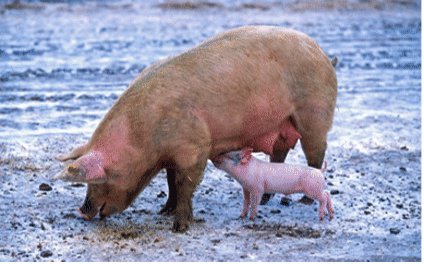
Recreational Games (7)
Consider the description of the Rock Paper Scissors game:
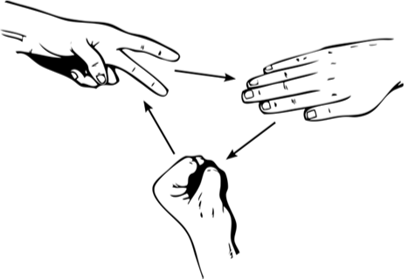
Generate the Rock Paper Scissors game:
Consider the classes of this game:
Find the description of the Morra game:
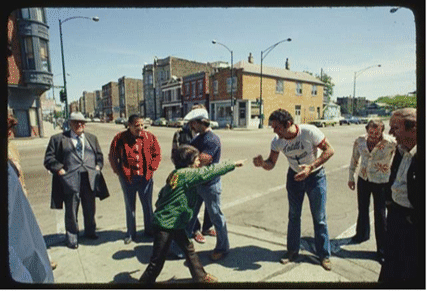
Find the description of the Matching Pennies game:
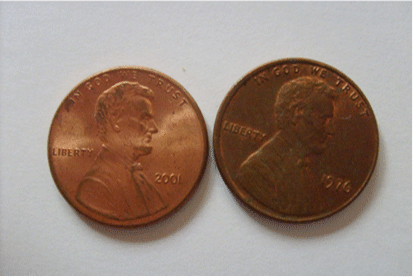
Generate a Matching Pennies game:
The Matching Pennies game also has a tree form:
Generate the tree Matching Pennies game:
Find the description of the Chicken game:
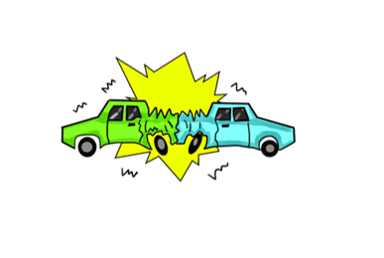
Find the description of the Nash Poker game:

Find the description of the Platonia Dilemma game:
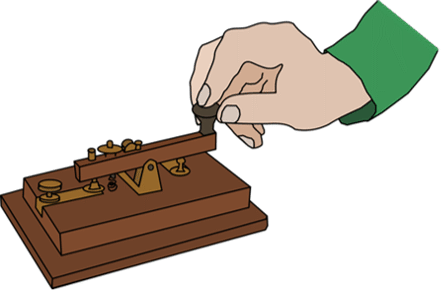
Generate the Platonia Dilemma game:
Military Games (4)
Find the description of the Colonel Blotto game:
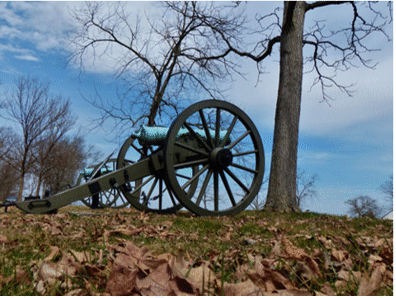
Generate the Colonel Blotto game:
Find the description of the Battle of the Bismarck game:
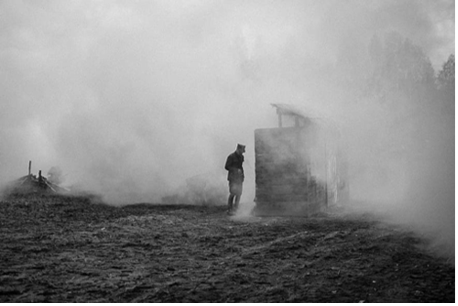
Generate the Battle of the Bismarck game:
This game also has a tree form:
The Revolution tree game is a sequential game often used to represent the political tension between a country and its colony. Here is the description:
Find the subgame perfect equilibrium:
The Escalation game is a sequential game where player A may potentially signal their nature by player A's actions. Here is the description:
Economic Games (4)
Find the description of the Cournot Oligopoly game:

Generate the Cournot Oligopoly game:
Find the description of the Linear Cournot Oligopoly game:

Generate the Linear Cournot Oligopoly game:
Find the description of the Bertrand Oligopoly game:

Generate the Bertrand Oligopoly game:
Find the description of the Buying Stock game:

Mathematical Games (4)
Find the description of the Compound game:
Generate a Compound game similar to a Prisoner's Dilemma game:
This is similar to the Prisoner's Dilemma game:
Find the description of the Exponential game:
Generate the Exponential game:
Find the description of the Simple Inspection game:

Generate the Simple Inspection game:
See Also
Related Guides
History
Text
Wolfram Research (2025), GameTheoryData, Wolfram Language function, https://reference.wolfram.com/language/ref/GameTheoryData.html.
CMS
Wolfram Language. 2025. "GameTheoryData." Wolfram Language & System Documentation Center. Wolfram Research. https://reference.wolfram.com/language/ref/GameTheoryData.html.
APA
Wolfram Language. (2025). GameTheoryData. Wolfram Language & System Documentation Center. Retrieved from https://reference.wolfram.com/language/ref/GameTheoryData.html
BibTeX
@misc{reference.wolfram_2025_gametheorydata, author="Wolfram Research", title="{GameTheoryData}", year="2025", howpublished="\url{https://reference.wolfram.com/language/ref/GameTheoryData.html}", note=[Accessed: 16-December-2025]}
BibLaTeX
@online{reference.wolfram_2025_gametheorydata, organization={Wolfram Research}, title={GameTheoryData}, year={2025}, url={https://reference.wolfram.com/language/ref/GameTheoryData.html}, note=[Accessed: 16-December-2025]}
